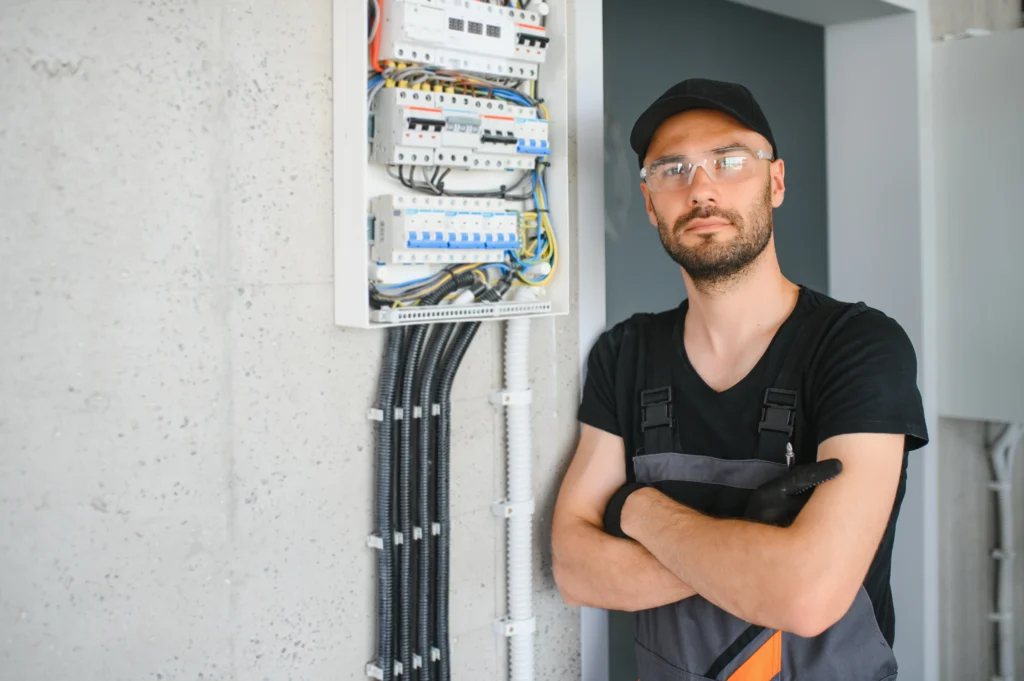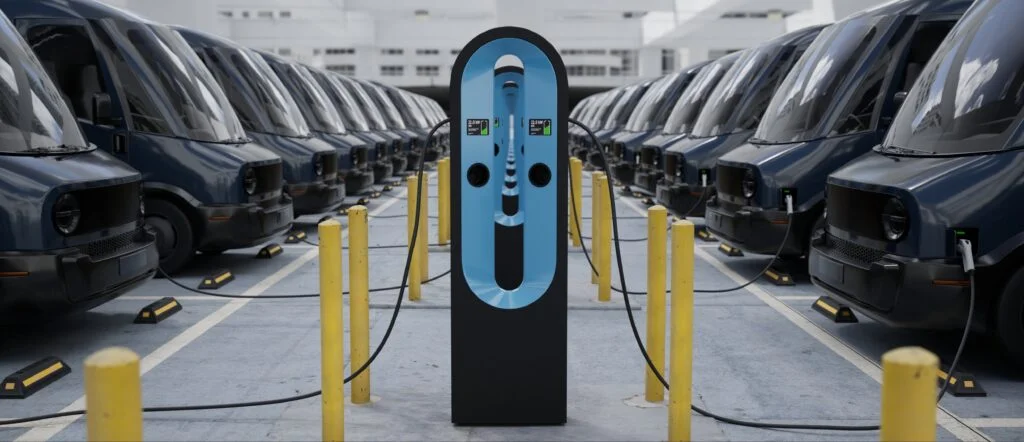- Projects
Optimizing DC Fast Charging Tariff Structures
Challenges with Existing Tariff Structures
Electric Vehicle (EV) charging infrastructure is critical to accelerating EV adoption. However, high network tariffs, particularly demand charges, have posed a significant challenge for public Direct Current Fast Charging (DCFC) sites. Stakeholders, including EV charging operators and advocacy groups, have voiced concerns that existing tariff structures are not cost-reflective, making public charging prohibitively expensive and limiting investment in charging networks. The challenge for Energy Queensland (EQL) was to assess alternative tariff structures that balance network cost recovery with supporting public charging business cases.
Queensland’s electricity distribution network, like those in many jurisdictions, has historically applied standard commercial tariffs to DCFC sites, often including both time-of-use (ToU) and demand charges. These tariffs, while effective for other commercial customers, create cost volatility for EV charging sites where energy demand is variable and often concentrated in short, high-power sessions. With growing pressure to support Queensland’s EV transition, policymakers and network operators needed a data-driven approach to evaluate whether alternative tariff models could provide more sustainable outcomes for both the electricity grid and the charging industry.
Energeia’s Analytical Approach
Energeia was engaged to conduct a detailed analysis of alternative tariff structures for DCFC sites in Queensland. The study aimed to provide insights into the financial, grid capacity, and investment efficiency implications of various tariff designs.
Our analysis applied a case-study-based approach, examining three distinct DCFC charging environments: light-duty destination charging (e.g., shopping centres), medium/heavy-duty workplace fleet charging (e.g., warehouses and depots), and heavy-duty highway charging (e.g., long-haul truck stops). For each case study, we assessed the impact of different tariff structures with and without on-site solar and battery storage.
Energeia’s modelling evaluated the impact of demand-based and energy-only ToU tariffs. We also explored hybrid models incorporating flexible demand charges that vary based on utilisation. Our proprietary demand charge mitigation algorithms were used to optimise battery operation and assess its potential in reducing peak network demand charges.
Key Findings and Policy Implications
Energeia’s analysis provided EQL with a clear evidence base for refining its tariff structures. The insights gained will inform future tariff reforms, ensuring Queensland’s EV charging infrastructure can expand without undue financial barriers. By adopting a balanced tariff design, policymakers can support greater investment in public charging while maintaining the long-term sustainability of the electricity grid. Battery storage and solar PV were found to help reduce costs for DCFC operators; however, their effectiveness depends on tariff structures that provide adequate financial incentives and align with the economic viability of consumer energy resources.
Next Steps and Industry Engagement
Following the study, EQL engaged with industry stakeholders to refine tariff options that encourage investment in fast charging infrastructure while ensuring cost recovery for the network. The findings are being incorporated into policy discussions on tariff reform, enabling a more sustainable and investment-friendly environment for public EV charging in Queensland.
Energeia’s expertise in tariff design and energy market analysis has provided Queensland with a robust framework for evaluating cost-reflective EV charging tariffs. By leveraging advanced modelling techniques and industry insights, we are helping shape an equitable and sustainable future for EV infrastructure.
For more detailed information on how Energeia can support your EV infrastructure planning, please see Energeia’s webinar and associated materials.
For more information on how Energeia can support your tariff and EV charging strategy, please request a meeting with someone from our team.
You may also like

Bridging the Skills Gap: Workforces for Electrification
Australia’s clean energy transition demands a skilled workforce. Energeia’s analysis reveals urgent needs, strategic solutions, and policy pathways to bridge the electrification skills gap and

Unlocking the Potential of Consumer Energy Resources
The AEMC partnered with Energeia to explore how flexible Consumer Energy Resources (CER), like solar, batteries, electric vehicles, and smart appliances, can reduce costs and

Optimizing DC Fast Charging Tariff Structures
Energy Queensland collaborated with Energeia to address financial barriers in EV charging infrastructure, focusing on high network tariffs and demand charges. The study evaluated alternative
